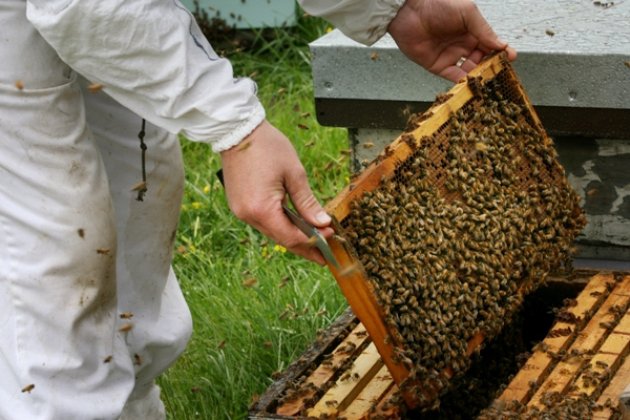A research report on varroa control effectiveness suggests massive increases in insecticide are necessary to achieve the same impact as 20 years ago, when the mite was first discovered in New Zealand beehives.
Work by researchers at Manaaki Whenua Landcare Research and Victoria University is indicating NZ varroa mites are developing a unique resistance to the main insecticide flumethrin, one of two key compounds used in the destructive mite’s control.
Their paper has been released but is still due for peer review.
Varroa’s effect on NZ’s hive health has proven an insidious and rising challenge, with 2021 the first year it was cited as the main reason for a significant jump in beehive colony losses.
That year loss rates were 20% higher than in 2020, and 62% greater than in 2015.
Last year 6.4% of colonies were lost to varroa, up 20% on the 2021 result.
But the research has also indicated NZ’s varroa is developing a unique strain of resistance to the flumethrin insecticide, not seen overseas.
The work could not detect any resistance to amitraz, the second insecticide used.
Beekeepers now have to control varroa using the insecticides or face complete colony failure, often within a year.
The two products are used by about 80% of all beekeepers to keep varroa at bay, applying one in early spring an the other in autumn.
Professor Phil Lester of Victoria University biological sciences school said it is possibly not surprising that the NZ varroa has gone on its own resistance pathway, given NZ’s isolation.
He is hopeful that joint NZ-United States work on gene-silencing technology will deliver a solution in coming years. Field trials in the US have proven promising for the tech, which shuts down critical DNA in the mite, rendering it incapable of producing certain vital proteins.
“It is due to go for approval with US authorities, but still has a way to go.”
Gene editing, currently not allowed under NZ GM regulations, could also offer some pathways to alternative treatments.
Lester said work is also underway trialling oxalic acid in hives, a product bees exhibit greater resistance to than varroa mites.
He said at this stage there is no evidence mites are exhibiting resistance to amitraz.
“But of course, the concern is that with some beekeepers giving up entirely on flumethrin and using amitraz more, that resistance rate could increase over time.”
While it is possible beekeepers’ underdosing with flumethrin could have contributed to the relatively rapid rate of resistance, Lester said that was difficult to prove.
“It is also a case that if you keep on using only a couple of options, over time resistance will develop,” he said.
The research authors stated their concern that not all beekeepers are practising correct resistance management, as 13% of the beekeepers who participated in 2021 survey reported using only flumethrin to treat varroa.










